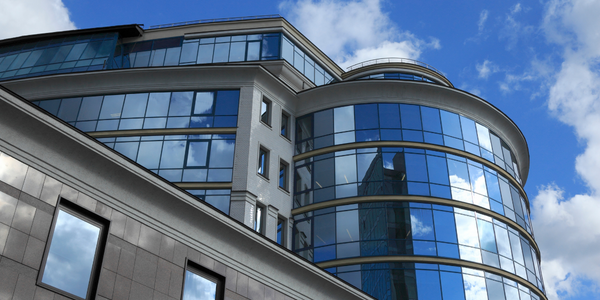Technology Category
- Application Infrastructure & Middleware - Data Visualization
- Application Infrastructure & Middleware - Event-Driven Application
Applicable Industries
- Buildings
- Railway & Metro
Applicable Functions
- Product Research & Development
Use Cases
- Track & Trace of Assets
- Virtual Prototyping & Product Testing
Services
- System Integration
About The Customer
Established in 1995, the Delhi Metro Rail Corporation operates 266 trains with four, six, and eight coaches. More than 100 six-coach trains and 60 eight-coach trains are currently operational. The DMRC is responsible for the design, construction, and operation of the metro rail system in Delhi and the National Capital Region. The organization is committed to providing a reliable, safe, and efficient metro rail service to the local population while also reducing their environmental impact. The DMRC is the first railway project in the world to claim carbon credits for regenerative braking and has been certified by the United Nations as the first metro rail and rail-based system in the world to get carbon credits for reducing greenhouse gas emissions.
The Challenge
The Delhi Metro Rail Corporation (DMRC) was tasked with the Phase IV expansion of its metro system to improve rail connectivity between Delhi and the further regions of the National Capital Region. The project involved constructing a new 104-kilometer metro railway line connecting the Majlis Park metro station to the RK Ashram Marg metro station. The DMRC faced several challenges in this project. Firstly, Delhi is a densely populated area with over 27.9 million people as of 2016, resulting in heavy congestion and minimal land availability. This necessitated the proposal of alternative design options in the construction of the railway to circumvent congested areas. Secondly, the railway line had to maintain safe offset distances from historical monuments to prevent their deterioration. Lastly, the project team had to review the detailed project report and propose changes in the alignment design for the railway track section based on current requirements.
The Solution
To overcome these challenges, the DMRC project team utilized OpenRail Designer (formerly Bentley’s Power Rail Track) to prepare the alignment. This software allowed the team to integrate Google Maps into their design process, providing a more comprehensive visualization and increasing efficiency. The team was able to easily modify the alignment, including shifting and lengthening stations and tunnels, changing track alignment, deepening stations to fit clearance levels, and rotating tracks to avoid densely populated residential areas, station boxes, and multistory buildings. The proposed design maintained safe offset distances from protected monuments while minimizing property acquisition at the station location. The geographic capabilities in OpenRail Designer reduced the cost of the project and the resource hours, allowing the project to be delivered on time.
Operational Impact
Quantitative Benefit

Case Study missing?
Start adding your own!
Register with your work email and create a new case study profile for your business.
Related Case Studies.

Case Study
Energy Saving & Power Monitoring System
Recently a university in Taiwan was experiencing dramatic power usage increases due to its growing number of campus buildings and students. Aiming to analyze their power consumption and increase their power efficiency across 52 buildings, the university wanted to build a power management system utilizing web-based hardware and software. With these goals in mind, they contacted Advantech to help them develop their system and provide them with the means to save energy in the years to come.

Case Study
Intelligent Building Automation System and Energy Saving Solution
One of the most difficult problems facing the world is conserving energy in buildings. However, it is not easy to have a cost-effective solution to reduce energy usage in a building. One solution for saving energy is to implement an intelligent building automation system (BAS) which can be controlled according to its schedule. In Indonesia a large university with a five floor building and 22 classrooms wanted to save the amount of energy being used.

Case Study
Powering Smart Home Automation solutions with IoT for Energy conservation
Many industry leaders that offer Smart Energy Management products & solutions face challenges including:How to build a scalable platform that can automatically scale-up to on-board ‘n’ number of Smart home devicesData security, solution availability, and reliability are the other critical factors to deal withHow to create a robust common IoT platform that handles any kind of smart devicesHow to enable data management capabilities that would help in intelligent decision-making

Case Study
Protecting a Stadium from Hazardous Materials Using IoT2cell's Mobility Platform
There was a need for higher security at the AT&T Stadium during the NFL draft. There was a need to ensure that nuclear radiation material was not smuggled inside the stadium. Hazmat materials could often be missed in a standard checkpoint when gaining entry into a stadium.

Case Study
Commercial Building Automation Boosts Energy Efficiency
One of the challenges to building automation is the multitude of non-interoperable communications protocols that have evolved over the years. Buildings have several islands of automation. Bridging the islands of different automation without losing the considerable investment in each specialized control network is the main focus in this solution.








